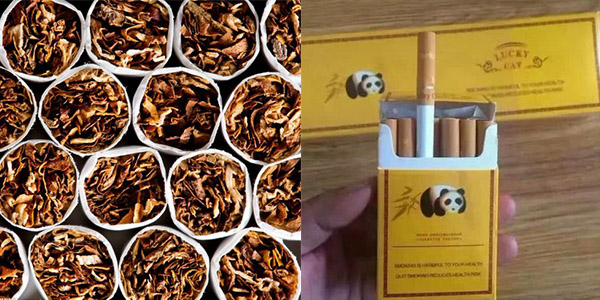Why is Aluminum Flashing Coil Used for Cigarette Packing
March 12, 2018
Whether you are smokers or not, you may have the experience of opening a pack of cigarettes. After all, it’s a gesture of respect to offer people cigarettes in many countries around the world. Before getting a cigarette out, people have to tear apart an inner layer of “paper” right inside the pack. This paper, usually called tinfoil, is actually made of aluminum flashing coil.

Why do cigarette producers add an inner pack for cigarettes? In the past, smokers could even make cigarettes by themselves through wrapping broken tobacco leaves with a piece of used paper. They can still do that today, if they have necessary raw materials, and if they smoke the finished cigarette immediately. A finished cigarette like this, if left aside without being smoked, may gets wet or bad, and not be suitable to be smoked any more. That’s why finished cigarettes need a layer of inner pack–to extend the guarantee period. Then why do producers choose aluminum flashing coil, not any other material, as the inner pack?
First, flashing aluminium coil, made of mainly aluminum, has the well-known water-proof performance of aluminum. It makes sure that cigarettes do not get moist and can still be burned in a long period of time. The longer the guarantee time, the more profitable a pack of cigarettes is. Second, aluminium flashing coil helps to keep the freshness of cigarettes. Boasting strong anti-corrosion property, it prevents the flavor of tobacco from going out, and at the same time, it keeps corrosive air and bacteria outside. In this way, the cigarettes will remain fresh in months or even longer. Third, flashing aluminum coils are of lower price than not only tin coil but also coil of any other metal. Thus it will continue to play an important part in tobacco industry until a cheaper substitute comes out.


 Nydia
Nydia
 Sales Manager
Sales Manager